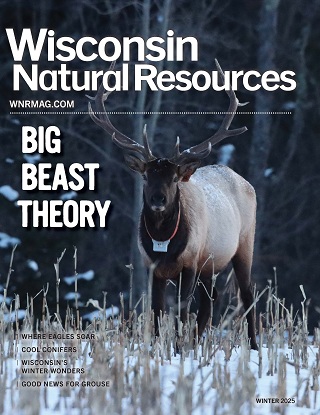Contact: Jason Fleener, DNR Wetland Habitat Specialist
Jason.Fleener@wisconsin.gov or 608-220-9023
Quality Wild Rice Harvest Opportunities Limited In 2023
MADISON, Wis. – The Wisconsin Department of Natural Resources (DNR) today announced that northern Wisconsin’s natural wild rice crop production is generally below average to average this year across lakes, flowages and rivers.
“Following a flush of high water after this past winter’s snowmelt, water levels in many lakes and flowages in northern Wisconsin have since been lower than normal due to droughty conditions between late spring and late summer,” said Jason Fleener, DNR Wetland Habitat Specialist. “This may provide a challenge to harvest wild rice on some waters if it makes access and navigation by canoe more difficult,” he added.
Harvesters should not be discouraged, however, as there are still plenty of waters in the north that are producing strong rice beds with adequate water levels for navigation. It may take a little extra research and exploration by harvesters to find these beds. The Great Lakes Indian Fish & Wildlife Commission maintains the Off-Reservation Wild Rice Harvest Regulations webpage, which includes helpful information for harvesters and wild rice production conditions for some wild rice waters.
Wild rice harvesting is open to all Wisconsin residents. Harvesting wild rice provides the opportunity to forage a highly nutritious, natural food source that is unique to the upper Midwest. Wild rice maturity typically ranges from late August through mid-September across the state and varies by water body and rice bed.
The DNR stresses the importance of waiting to harvest wild rice until it falls with relatively gentle strokes while “flailing” or “knocking” using ricing sticks. If little to no rice is falling, it is best to come back and try harvesting at least a few days later. Kernels toward the top of the seed head tend to mature and fall first. Harvest efforts on immature beds inhibit the maturation of the rice kernels, which negatively impacts the harvest experience for others and the long-term sustainability of wild rice production.
As a reminder to boaters, one of the main threats to wild rice production is improper watercraft use throughout the growing season. If wakes are created near wild rice beds in shallow waters, it often results in the uprooting and destruction of wild rice while it’s most vulnerable in the submerged or floating-leaf stages of growth (between early June and early July). Additionally, the use of watercraft, especially those with mud motors, directly through wild rice beds will cut and uproot rice. The DNR encourages all watercraft users to educate themselves on how to identify wild rice and modify their boating activities to reduce damage to this treasured Wisconsin resource.
More information on harvesting wild rice and harvest regulations is available on the DNR’s Wild Rice Harvesting webpage.

